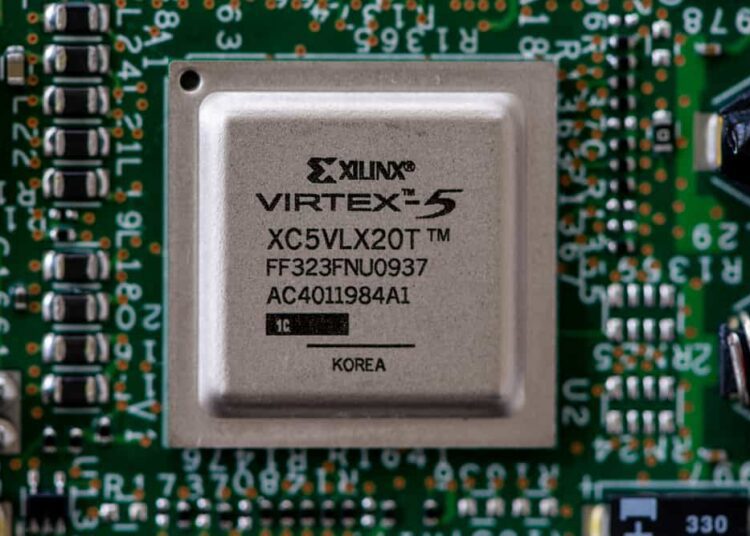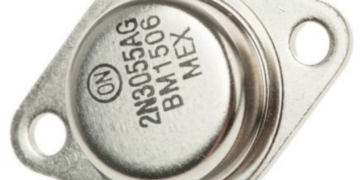
Just like other cutting edge areas of technology, the electronics industry moves quickly, as it is an enabler of innovations seen in other areas. PCBs are the bridge between semiconductors and end use cases that are enabled by electronics, and PCB industry trends are an indicator of what is driving new innovations. Industry trends are also a bellwether for what new designs and components might look like in the near future.
In this article, we will look at some of the major trends in PCB design and in components as well as where the industry is expected to head in the near future.
Major PCB Industry Trends
Two broad areas where the PCB industry is seeing major innovation is in embedded systems design and power systems. From making everything smart to supporting upcoming deployments in electric vehicles, 5G, and broadband infrastructure, the major PCB industry trends significantly overlap in these two areas.
Here are some of the major design trends found in the PCB industry.
Smart Everything
The trend of adding AI and machine learning into everything isn’t confined to the software world. The semiconductor industry has recognized the use cases of performing AI tasks on devices in the field and is responding with new waves of products that can be placed directly on a PCB. These products are optimized for AI inference tasks, although some larger products (like NVIDIA GPUs) can be used for training with smaller datasets.
Compute-heavy tasks can still be done in the cloud, but putting lightweight compute devices that are optimized for inference reduces cloud computing resource demand and enables many new intelligent products that can operate without a dedicated internet or cellular connection.
Ultra-Efficient Power Conversion
Upcoming areas of technology—like alternative energy, electric vehicles, and 5G—require very high efficiency power conversion. This has not always been possible with highly integrated regulator components, so designers have had to use tricks typically reserved for RF systems to ensure highly efficient power conversion and delivery. Some of these power delivery and conversion methods include:
- Envelope tracking (active and passive) to ensure instantaneous power delivery perfectly follows the modulation envelope being broadcast on a high-frequency signal.
- Use of unique materials such as newer ferrites with high inductance and GaN-SiC MOSFETs in switching regulators. These components can provide lower ripple and dissipate less heat than conventional components.
- Multi-phased operation, where multiple switching sections are used to mimic higher PWM frequencies, thus reducing output ripple.
- PWM drivers with faster edge rates, which can more deeply modulate switching elements between ON and OFF states in shorter time, leading to greater efficiency.
Collectively, these methods can be used to keep the efficiency of some high current DC-DC converters above 90%. This is particularly important in electric vehicles and 5G base station equipment, which have always needed to contend with thermal management challenges.
FPGAs Make a Comeback
FPGAs have historically been less popular among embedded developers, who have always had a wealth of MCU and MPU options available for building embedded systems. Now FPGAs are making a comeback in many areas. This is partially due to the lack of highly integrated SoCs for use in products like power systems or electric vehicles, which has forced designers to settle for MCUs with peripherals or a larger MPU. One particular area is mil-aero, where FPGAs are key to interoperability and customization (see below).

Virtex is a popular FPGA platform with plenty of developer support
The downside with FPGAs is that they have historically required more experience and background knowledge to program, but they allow a component’s logic functions to be greatly customized. Compare this with an MCU that only allows for I/O access and possibly some analog inputs for interfacing with sensors. While an MPU allows higher-level integration that can be offered by an FPGA, it also carries a lot of processing overhead that may not be necessary in an FPGA, depending on the particular application.
Open Standards, Interoperability, and Modularity
These ideas may sound a bit vague, as it can be difficult to imagine what interoperable designs look like. Modular design is already possible thanks to platforms like Arduino and Raspberry Pi, where users can use an off-the-shelf carrier board and build stacked platforms with standard or custom add-on boards. The idea of interoperability is being pushed in several initiatives in the Joint All-Domain Command and Control (JADC2), the Pentagon’s vision for interoperable electronics platforms. DARPA is supporting several initiatives to support development and implementation of open standards governing these platforms and the first wave of products is making their way into the market.
Modularity is also possible at the software/firmware level, thanks largely to the open-source community and developer tools from component manufacturers. Interoperability is already possible at this level, and it seems as if companies can’t produce new components anymore without reference designs, a C/C++ library, and an evaluation board to help speed up development. Interoperable hardware platforms governed by open standards groups (e.g., VITA or SOSA) will help companies build more vendor-agnostic hardware designs, and interoperability will be reflected in PCB layout choices and DFM requirements.

The US military is driving many innovations in electronics that will eventually reach consumers
Innovative Design Requires Accurate Technical Data
In this article, we presented four major trends in PCB design and systems design that illustrate a greater reliance on embedded systems and high-efficiency power conversion. PCB designers working in these areas need to have footprints and technical data for their components to ensure they can build highly reliable systems in ever-decreasing development schedules. Companies like Ultra Librarian have made it their mission to make access to this important design data frictionless so that innovators can build great products and take them to market quickly.
No matter where your new product aligns with broader PCB industry trends, you can find the PCB footprints, technical data, and ECAD/MCAD models you need with the electronics search engine features in Ultra Librarian. This platform gives you access to a range of reference designs from popular manufacturers and sourcing information to help you stay ahead of supply chain volatility. All ECAD data you’ll find on Ultra Librarian is compatible with popular ECAD applications and is verified by component manufacturers to help streamline your electric vehicle innovation process.
Working with Ultra Librarian sets up your team for success to ensure streamlined and error-free design, production, and sourcing. Register today for free.







